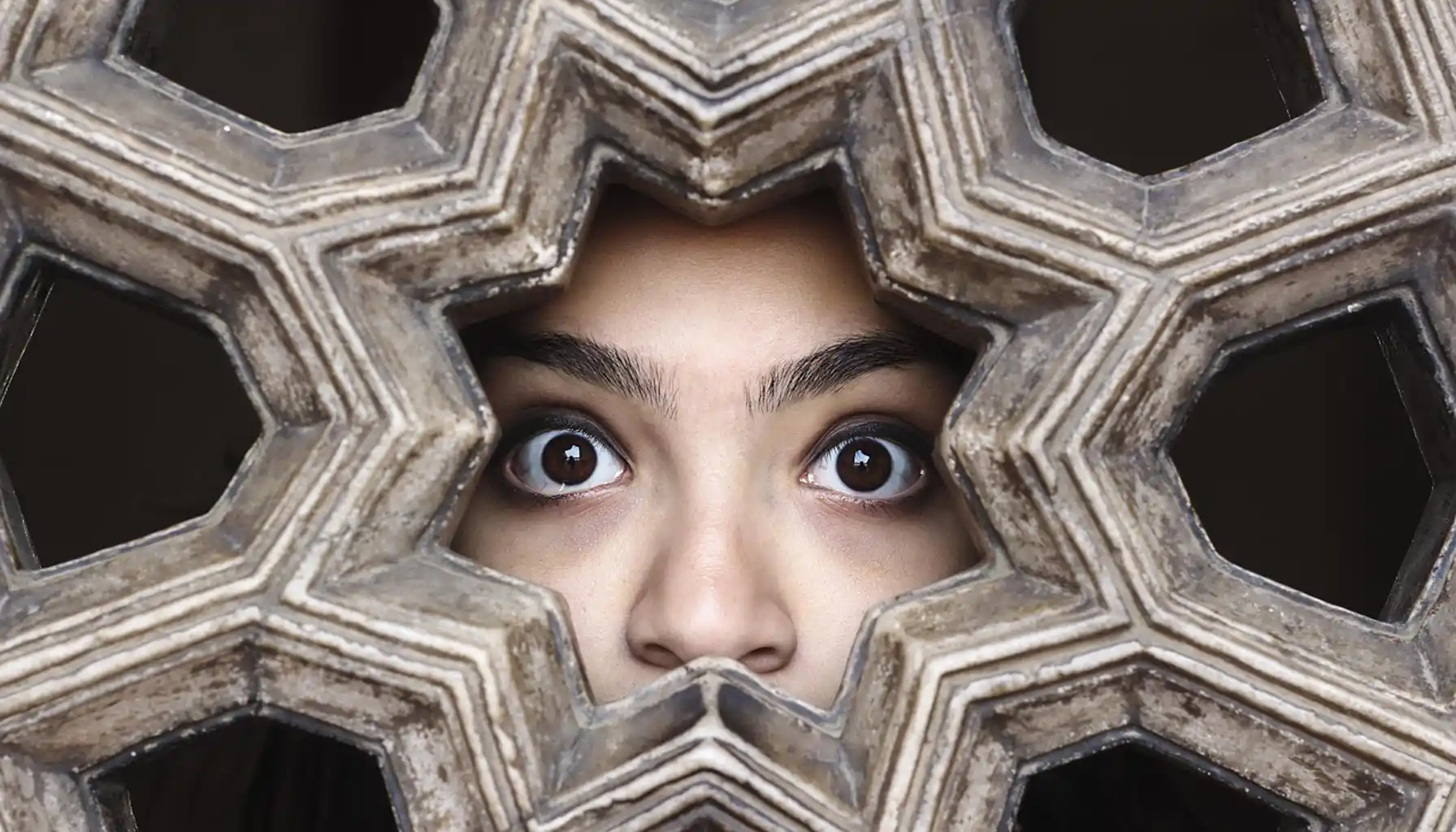Contents:
Ataxophobia meaning? It’s the fear of mess, disorder, or things being out of place. We’re talking about a level where a single crooked book can make your pulse jump.
Some people describe it as the fear of clutter, but that doesn’t quite cover it. It’s the mental and physical discomfort that comes from visual or spatial disorder. The reaction can be instant, tight chest, restlessness, or an urgent need to “fix” what’s wrong.
In clinical terms, the ataxophobia definition places it under the “specific phobias” category, meaning the fear is tied to a very particular trigger. So, what is ataxophobia in practice? It’s when disorder feels unbearable, and your brain treats it like a threat. And no, your friends with messy cars probably won’t understand.
You may manage this reaction easier with something that trains focus and reduces anxiety triggers. Brain games for adults can help strengthen mental flexibility and calm the nervous system through exercises.
Not the Rarest Fear Out There

While ataxophobia might sound niche, it’s got plenty of company in the “less-talked-about fears” club. Think of astrophobia, the fear of space, or achluophobia, the fear of darkness. Even arachnophobia, which everyone’s heard of, used to be considered oddly specific before it became a horror movie cliche.
Then there’s its close cousin in spirit: atelophobia. Atelophobia meaning? That’s the fear of imperfection, when anything less than flawless feels not enough. Ataxophobia zeroes in on mess and disorder, atelophobia can turn a slightly off-center painting or a typo into a full-blown crisis.
So what is atelophobia in the grand scheme? It’s proof that our brains can attach deep emotional reactions to things most people barely notice. And when you put it next to ataxophobia, you can see how “perfect order” it’s a mental survival strategy.
Common Triggers That Set It Off
If you’ve ever felt your pulse spike because the TV remote isn’t where it “belongs,” you might relate. For someone with ataxophobia, these everyday situations can feel like chaos is personally attacking them:
A desk with mismatched pens, old receipts, and yesterday’s coffee mug staring back at you
A kitchen drawer where the forks, knives, and spoons have staged a rebellion
Books on a shelf arranged by height instead of category, or worse, no system at all
Clothes hung in random directions, like they’re taunting you
A surprise guest dropping by before you’ve had a chance to “reset” the living room
It overlaps with other perfection-driven fears, like in atelophobia definition cases. People with perfection-oriented phobias might notice similar emotional spikes. The difference is in focus: atelophobia symptoms are avoiding mistakes, while ataxophobia is about avoiding disorder itself.
When either fear takes over, structured help such as atelophobia treatment or therapy for specific phobias can be really helpful, because life isn’t going to stop handing you crooked picture frames.
Quick Stress-Reducing Exercises You Can Try Anywhere
Exercise | How to Do It | Why It Helps (Especially If Mess Stresses You Out) |
Box Breathing | Inhale for 4 seconds, hold for 4 seconds, exhale for 4 seconds, hold for 4 seconds. Repeat for a few cycles. | Helps slow your heart rate and clears mental clutter. Even someone trying to define atelophobia could see how it resets that “everything’s out of place” alarm in your head. |
5-4-3-2-1 Grounding | Name 5 things you see, 4 things you can touch, 3 things you can hear, 2 things you can smell, and 1 thing you can taste. | This sensory checklist pulls your focus away from messy surroundings and onto the here-and-now, which can ease symptoms of atelophobia-style tension. |
Mini Declutter Challenge | Pick one small space, desk corner, purse, nightstand, and tidy it in under 2 minutes. | Gives a quick win without spiraling into an all-day cleaning spree. Great for anyone who’s ever asked what causes atelophobia and wants to fight the chaos with tiny victories. |
When to Talk to a Professional

Everyone loves a clean kitchen counter, but if you find yourself refusing to make toast because the crumbs might scatter, we’ve gone into “call a pro” territory. A mental health therapist there to help you figure out what’s really driving the anxiety and give you tools to dial it back.
Part of that help is explaining what does atelophobia mean in a way that makes sense in real life. They’ll also look at your patterns, habits, and what situations spike your stress levels.
The definition of atelophobia is about a level of unease with imperfection that can steal your focus, your mood, and sometimes your social life. Once you know your atelophobia causes, you can start tackling them head-on, instead of letting them boss you around like the world’s tiniest, messiest villain.
A common starting point? CBT (Cognitive Behavioral Therapy). Think of it as rewiring your brain’s “imperfection = danger” alarm system. CBT helps you notice the thoughts that keep your anxiety running in circles, swap them for more balanced ones, and gradually face the situations you’ve been avoiding, without that urge to alphabetize your spice rack at 2 a.m.
Other approaches worth knowing about:
Exposure Therapy: a way to face what you fear without getting thrown into the deep end. For ataxophobia, this could start with something as small as leaving a pen slightly off-center, then working up to tolerating bigger messes without spiraling
Mindfulness Training: teaches your brain to notice the mess (or the imperfection) without turning it into a five-alarm emergency. This helps separate the feeling of discomfort from the need to “fix” it immediately
Acceptance and Commitment Therapy (ACT): instead of trying to erase the anxiety, ACT focuses on accepting it while still living the life you want. The clutter might still bug you, but it no longer calls the shots
Stress Management Programs: adding breathing exercises, Trauma Therapy, progressive muscle relaxation, or guided imagery can lower your baseline tension so triggers don’t hit quite as hard
Where to Learn About Other Unique Fears

If you’ve ever wondered, whats atelophobia really about, picture this: you spend 45 minutes straightening the books on your shelf… only to feel an itchy panic because one spine is 1 millimeter off. That’s what is the fear of imperfection playing lead guitar in your brain.
Ataxophobia isn’t even the quirkiest guest at the phobia party. Meet a few of its oddball cousins:
Astrophobia: fear of space. The night sky? Gorgeous to some, but for others it’s just an endless black void that feels a little too endless
Arithmophobia: fear of numbers. Imagine sweating over a receipt because the total has “the wrong” digits in it
Arachnophobia: fear of spiders. Eight legs, too many eyes, and the uncanny ability to show up exactly where you don’t want them
They may sound worlds apart, but they all share one thing: they can be managed once you understand how they work.





